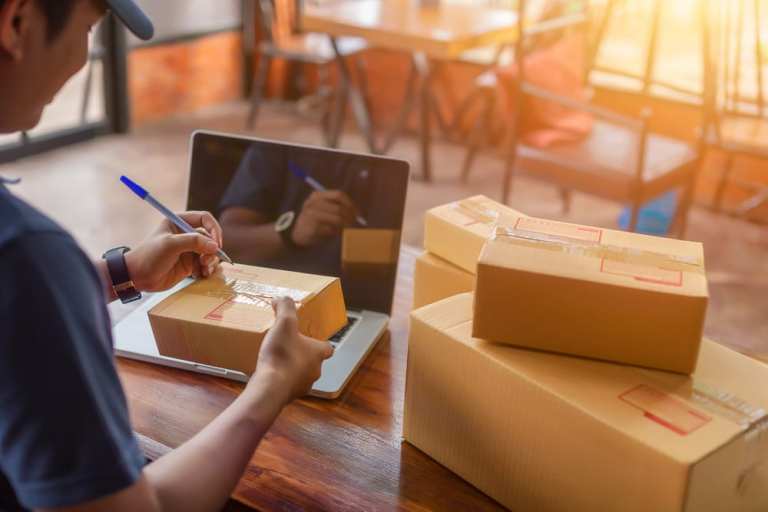
In the great digital shift, logistics firms are shifting, too.
The ripple effects, of course, extend up and down the logistics and transportation chains, getting products where they need to go.
As The Wall Street Journal reported, the rise of eCommerce giants is changing the way even the largest container firms are doing business.
In one example, Rodolphe Saadé, chairman and CEO of the globe’s fourth-largest container firm, CMA CGM, said in an interview that “clients like Amazon and Walmart are looking for one entity for all their shipment needs.” Those eCommerce companies are, he said, boosting volumes from Asia into the United States.
Industry observers say that as much as a quarter of container volume that enters this country through routes that wend their way across the Pacific is headed to eCommerce distribution centers. And that means shipping and freight companies are boosting investments in warehousing and trucking operations to increase presence in “inland” logistics, helping these firms effectively become end-to-end delivery systems.
As the Journal noted, firms such as A.P. Moller-Maersk A/S are investing in warehousing, customs clearance and truck capacity to cater to the growing demands of commerce. The company’s Maersk Line has announced it will consolidate some of its logistics, air and ocean freight forwarding.
More immediately, some of the pressures on freight and logistics operations are evident in pricing surges. As noted this past week by PYMNTS, freight pricing has moved higher. That’s because consumer demand is picking up, but retail inventories are relatively low. Call it an illustration of supply and demand.
To help smooth the last few legs of delivery, in news this week, reports surfaced that Amazon plans to open 1,000 “mini” delivery hubs in suburbs and cities across the nation. To get a sense of how steep the curve is for eCommerce adoption, consider the fact that Amazon’s sales were up 40 percent year over year, while Walmart’s eCommerce operations saw 97 percent sales growth over the same timeframe. The U.S. Commerce Department reported that eCommerce sales were up more than 44 percent year over year in the second quarter.
Amazon is also moving ahead with plans to launch an armada of delivery drones. The company also got approval from the Federal Aviation Administration (FAA) to start delivering packages and other items to customers.
And though the headlines may be focused on the eCommerce giants, the great digital shift is also spurring smaller firms to address the demand of an always-on, omnichannel environment.
In an interview with Karen Webster, Steve Denton, CEO of Ware2Go, a UPS company, warned that jumping onto eCommerce platforms is but one part of the equation. “If you solve the sales channel problem without solving the supply chain problem, you are going to create one-time customers who never come back,” he told Karen Webster. Fulfillment, he noted, can be a growth driver for SMBs.
For now, the all-important holiday shopping season looms — and the web of logistics, local and even global in scope, is likely to feel the pressure.